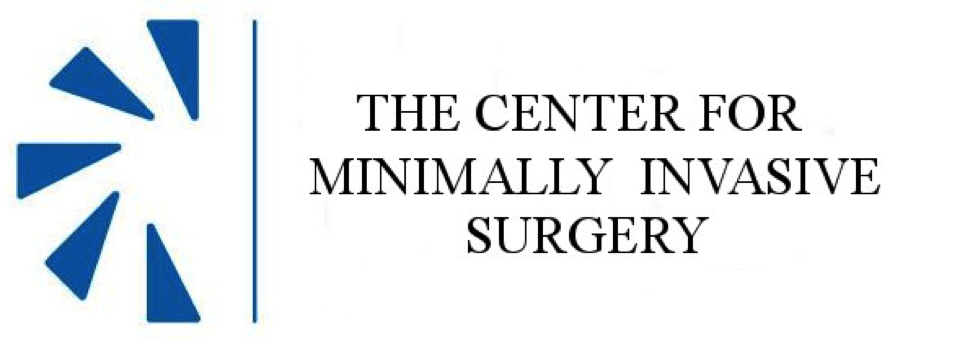Worried About Chronic Pain?
Chronic pain is a debilitating condition that impacts 20% of American adults, though some researchers believe the figure to be much higher. The condition can be debilitating and cause immense physical, emotional, and mental stress. For many people suffering from chronic pain, finding a source of relief is an ongoing struggle. One potential treatment option is a medial branch block. This procedure has been used for decades to reduce or eliminate pain. Chronic pain sufferers can get much-needed relief by targeting the nerves that send pain signals.

What is a medial branch block?
The body contains many nerves, an information highway that sends electrical signals to and from the brain. If the body is injured or in distress, the pain signals radiate from that location, causing pain. If the nerves are disrupted, chronic pain can also be due to the constant warning signals transmitted. A medial branch block helps diagnose and treat nerve compression in the spine. This nerve compression can happen due to arthritis, sudden trauma, or long-term injury. The block involves local anesthetic and steroid injections delivered directly into the medial branch nerves that innervate the facet joints. The purpose of performing this block is to provide temporary pain relief for those suffering from chronic back and neck pain. The procedure can also help identify which nerve or joint is causing the symptoms.
What should you expect?
An anesthesiologist injects a combination of local anesthetic and steroid medication through a needle directly into one or more affected areas. This shot helps reduce inflammation associated with nerve compression and offers patients temporary relief from discomfort. The patient is often face down on the operating table with the back exposed. To ensure accuracy and safety, imaging technology such as fluoroscopy helps identify the exact location of each nerve beforehand. In most cases, the patient helps the attendant during the process, which can take about 30 minutes. Once injected, patients can typically expect results within 24 hours and may experience sustained symptom relief for up to 3 months after treatment. Studies show that up to 92% of patients experience pain relief. Medial branch blocks are diagnostic tools, so the procedure can also confirm any deeper issues.
After a block
Once the procedure is complete, the goal is to monitor the symptoms and plan for the next steps. A medial branch block, along with some lifestyle changes, is often enough to address chronic pain. For instance, physical activity is one of the most effective ways to reduce chronic pain. Regular exercise helps strengthen muscles and boosts endorphins, hormones that make a person feel good. Another way to relieve chronic pain is by using relaxation techniques such as deep breathing exercises or meditation. These practices help calm the mind and body, resulting in decreased muscle tension and better sleep quality. If the pain returns or persists, some patients can have additional blocks done, or surgery may be an option.
Curb chronic pain
The medial branch block procedure is a safe and effective way to manage chronic pain. Through this procedure, individuals can reduce or eliminate discomfort in the short term while also receiving an accurate diagnosis of the underlying condition. With the help of medical professionals, nerve pathways can be better understood, and pain can be addressed faster. Each individual’s situation is unique, but a medial branch block has a high success rate in providing relief across the board.
Recent Posts
ACL Repair: Will You Have Range Of Motion With Your Knee After Recovery & Physical Therapy?
After an ACL injury, ROM can be negatively affected. ACL repair surgery helps restore function, but physical therapy is essential to ROM.
Arthroscopy: What Are The Benefits Of This Minimally Invasive Outpatient Orthopedic Procedure?
Arthroscopy can help diagnose or treat joint conditions. Benefits of the MIS include faster recovery, less pain, and fewer scars.
Posterior Interbody Lumbar Fusion: What Are The Benefits Of PLIF For People With Back Pain?
People with chronic back pain may benefit from posterior interbody lumbar fusion surgery. PLIF can reduce pain and improve stability.
Saying Goodbye To Tonsil Troubles: The Benefits Of Minimally Invasive Tonsillectomy
Chronic tonsilitis or other tonsil troubles can impact health and well-being. A minimally invasive tonsillectomy can reduce infections.








